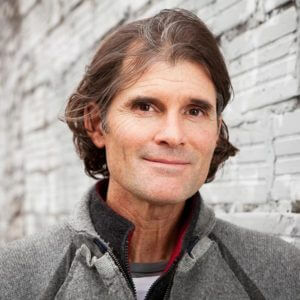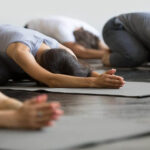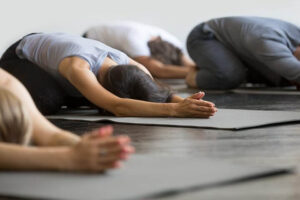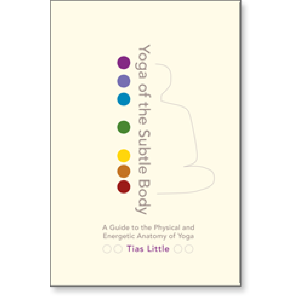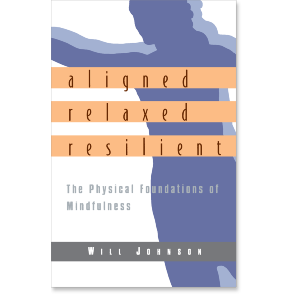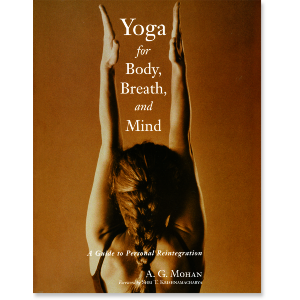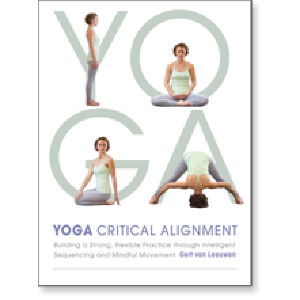What is Fascia?
In the same way that a fish swims in water and a bird flies through the air, fascia is the way we move. Every time you practice triangle pose or the camel, you stretch an entire network of cellophane-like tissue (“cling-wrap” if you are in the UK) from your feet to the crown of your head.
Fascia, or connective tissue, is everywhere in the body. It wraps around bone, encases all the organs, and enshrouds every muscle, nerve, and blood vessel. In some areas, the connective tissue is loose and delicate like the silky threads of a spider’s web. In other places, it is fibrous and dense having the resilience of a steel cable.
Fascia and Movement
All of the internal arts, including tai chi, qi gong, and yoga generate flow in the fascia. Like a baker kneading bread, we make the fascia elastic by alternately pulling, twisting, squeezing, and molding our connective tissue. When we apply heat and pressure, the “dough” of our connective tissue rises and expands. This provides a feeling of levity, joy, and well-being.
Fascia is highly adaptable. Just in the course of a day, connective tissues are in flux—at times clenching and hardening and at other times softening and spreading. Connective tissue can change shape and consistency in the midst of seemingly simple daily events. For instance, if you are on an elevator and someone threatening stands next to you, the fascia around your hamstring and buttock may tighten and the visceral membranes around your kidney, stomach, and intestine may constrict. If you are lying in the grass at the park with close friends, then the connective tissues in your back and belly soften. At the end of the day, if you practice Viparita Karani (legs up the wall pose), then the fascia around your diaphragm, jaw, and spine relax and melt backward toward the floor.
Fascia, together with the musculature, is called myofascia and it is our primary mover. Along with enabling us to dance, swim, and shoot baskets, fascia also has a significant sensory component. The matrix of the fascia is supplied with sensory nerve receptors that help determine balance, spatial awareness, pressure, and pain. The bones cannot stand without the supportive webbing of the fascia and for this reason the fascia, quite literally, holds us together.
The Feeling of Being “Me”
As a result, fascia plays a central role in determining the feeling of being “me.” Body image is based on the shape, mobility, and responsiveness of fascia. This has important ramifications for yoga, because as we stretch and expand our fascia in practice, working our tissues in multiple directions, we “shape shift” and change the fascial mold we live in. The teachings of yoga suggest that the self is not a fixed thing, and the practice of yoga postures helps create a self identity that is fluid and changeable.
This process of working the connective tissue is critical as we age; over time, fascia becomes pasty—muscles glue together, tendons stick to bone, and organs adhere. When fascia adheres it is like pasta that isn't cooked enough—the “linguine” of our connective tissue becomes rigid and clumps together. You may like your pasta al dente, but when fascia gets plastered together, the supply of blood and nerves is inhibited and it hurts.
When fascia is healthy, tissues slide over one another like fresh fish in a basket. This is because the very nature of fascia is to permit flow and glide. When we move in a vinyasa practice from one pose to the other, the muscle bundles in the body should glide. Internal glide of the connective tissues brings about feelings of ease, effortlessness, and internal flow.
Another key function of the fascia in the body is in establishing boundaries. For example, as fascia encapsulates the liver, it separates the liver from other adjoining organs, such as the stomach and small intestine. There is also a vertical sheath of fascia (called the falx cerebri) in the cranium that divides the right and left hemispheres of the brain. The fascial stocking around the latissimus dorsi muscle separates it from the underlying trapezius muscle.
Because fascia establishes boundary on the the physical level, it in turn helps establish boundaries on the psychological level. By repeatedly delineating the fascia in yoga practice, mindfully defining its scope and limits, the “boundaries” of the psyche are clarified. This is particularly true when a yoga practice is guided by its founding principles of nonharming, nonstealing, and the nonappropriation of sexual energy. Just as fascia contains all the structures in the body, it helps provide a container for psychological states of being.
Related Books
$18.95 - Paperback
$18.95 - Paperback
Yoga for Body, Breath, and Mind
$34.95 - Paperback
$34.95 - Paperback
